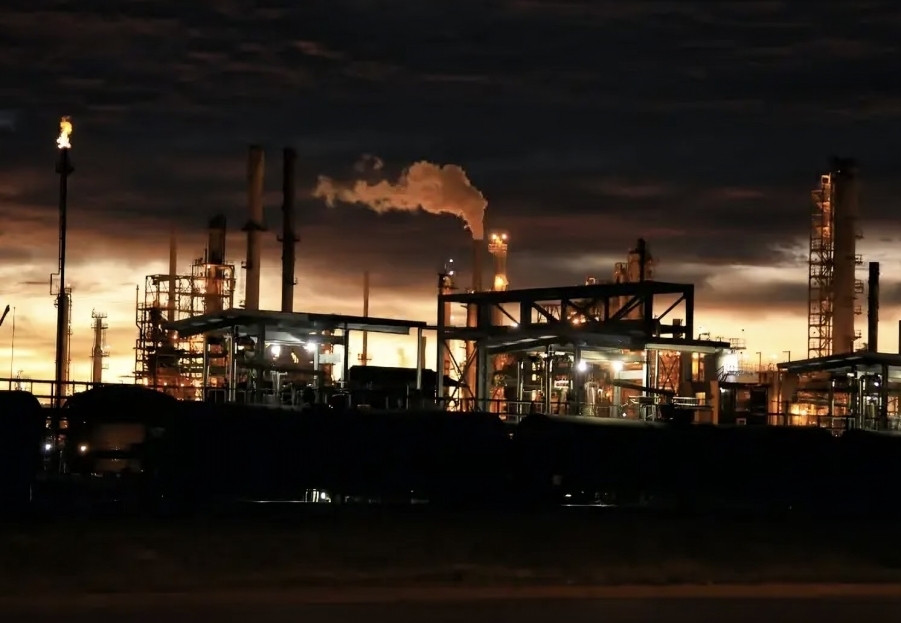KEY POINTS
- Canada will unveil its emissions cap on the oil and gas sector on Monday.
- The cap-and-trade system aims to cut emissions by up to 38 percent by 2030.
- Provinces and industry groups strongly oppose the cap, arguing it is unnecessary.
Canadian government will present the long-awaited strategy aimed at limiting emissions of the oil and gas industry this Monday.
This is part of the step taken in the face of outstanding opposition from energy producing provinces and the sector as the country aims to meet its climate change goals and emission targets.
The emission limit, designed to reduce emissions from the sector by up to 38 percent by 2030, will use a cap and trade approach. Environment Minister, Stephen Guilbeault later assured Canadians that what is being planned are Regulations to control pollution rather than the manufacture of products as the country balances between environmentalism and economy.
The announcement, at 1 PM (1800 GMT) will be a key moment in the government’s climate plans and strategy.
Strong opposition from provinces and industry
Important oil-producing provinces like Alberta and Saskatchewan, as well as industry associations, have opposed the proposed cap despite the federal government’s pledge to cut emissions.
They contend that the cap is needless and might harm Canada’s energy industry, which is still a vital part of the nation’s economy.
Environment Minister Guilbeault’s spokesperson, Hermine Landry, stressed that all industries must help reduce emissions, pointing out that the oil and gas industry is responsible for more than 25 percent of Canada’s overall emissions.
The significance of this action was emphasized by Landry, who stated that “the oil and gas sector continues to see rising pollution levels, more than doubling the emissions of all other industries combined.”
Canada’s climate goals
Canada, one of the world’s largest oil producers, has set ambitious targets to cut emissions by 40 percent to 45 percent from 2005 levels by 2030. As part of its strategy, the Liberal government of Prime Minister Justin Trudeau has prioritized fighting climate change, even as global energy demand remains high.
According to Reuters, this plan is a key piece of Trudeau’s broader emissions reduction goals, which have included other measures aimed at reducing the country’s carbon footprint.
However, the cap-and-trade proposal faces challenges beyond the domestic oil industry. Global demand for oil has fluctuated, especially with economic uncertainties and reduced demand from China, one of the top oil importers.
Moreover, the Organization of the Petroleum Exporting Countries (OPEC) may adjust production, potentially impacting market dynamics as Canada seeks to reduce emissions without stifling oil production.
Looking ahead
As Canada gets ready to face the effects of these new regulations it still waits to see the kind of outcome that the industry will come up with.
The cap could drive up innovation and clean technologies, but it may draw legal and political challenges from provinces reliant on oils.
Climate advocates will renew voiced concerns as Lopez pushes the federal government to intensify climate action; however, Monday’s announcement is a crucial development toward realizing Ottawa’s long-term environmental plans.



